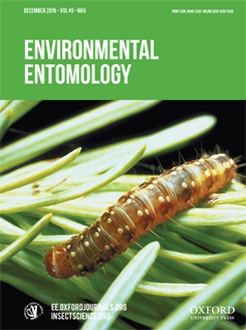After injury many insects could regenerate lost limb. In this study, Helicoverpa armigera Hubner and Locusta migratoria manilensis (Meyen, 1835) were chosen to compare the regeneration potency of holometabolous and hemimetabolous insects. We employed the classical approach of surgical excision to verify the regeneration ability and to investigate the factors that affect the extent of regeneration. The results found that H. armigera could regenerate intact legs when the larval legs were excised at the first and second instar and that legs of adult H. armigera had a close relationship with their larval counterparts. However, the adult legs became malformed or disappeared when excised at other older instars. For the L. migratoria, we found the legs have weak partial regeneration ability when amputation was conducted at the joint of two segments. The regeneration potency might be stronger the more proximal the operation. Regeneration process had a negative impact on the larval development. This is the first report of complete leg regeneration capacity having a strong correlation with the instar but not with the position where amputation occurred for H. armigera, while for the L. migratoria, partial regenerative ability had a close relationship with the position where amputation occurred but not with instars.
BioOne.org will be down briefly for maintenance on 17 December 2024 between 18:00-22:00 Pacific Time US. We apologize for any inconvenience.
How to translate text using browser tools
11 September 2016
Comparison of Leg Regeneration Potency Between Holometabolous Helicoverpa armigera (Lepidoptera: Noctuidae) and Hemimetabolous Locusta migratoria manilensis (Orthoptera: Acrididae)
Qingpo Yang,
Zhen Li,
Hui Li,
Yanrong Li,
Yuhui Yang,
Qingwen Zhang,
Xiaoxia Liu
ACCESS THE FULL ARTICLE
It is not available for individual sale.
This article is only available to subscribers.
It is not available for individual sale.
It is not available for individual sale.

Environmental Entomology
Vol. 45 • No. 6
December 2016
Vol. 45 • No. 6
December 2016
cotton bollworm
leg regeneration
locust




